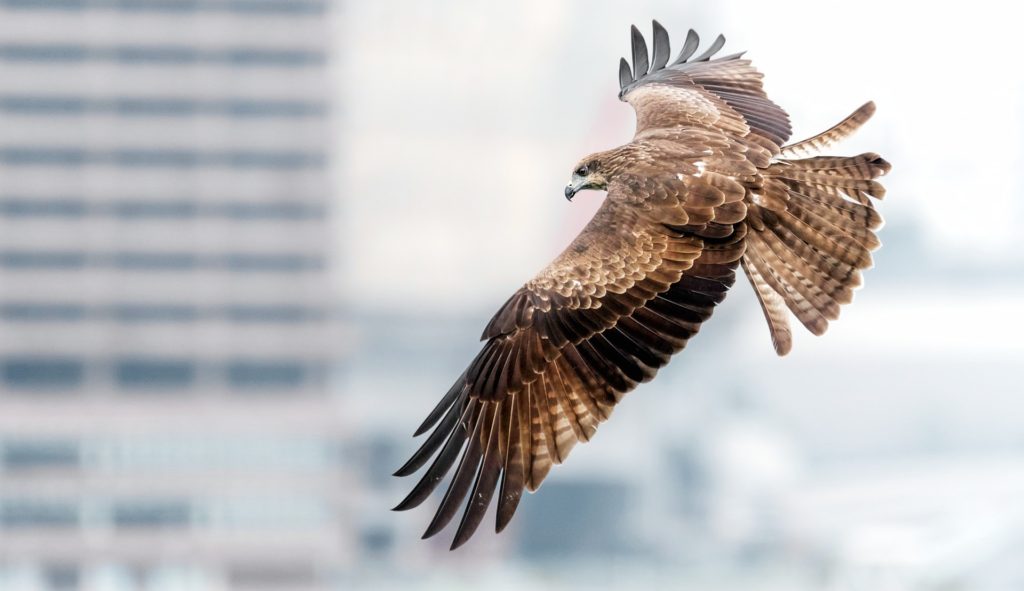 Could alterations in building products, designs and operations make buildings more bird-friendly and more energy efficient?
Could alterations in building products, designs and operations make buildings more bird-friendly and more energy efficient?
That’s a question currently before members of the Maryland
General Assembly.
Following an emerging trend of developing bird-friendly
design standards or goals for commercial buildings, House Bill 192 proposes to
establish bird-friendly standards for buildings that are acquired, constructed
or substantially altered by the state. If passed, it would require the Maryland
Department of General Services to establish standards for those buildings
consistent with the U.S. Green Building Council’s LEED Pilot Credit 55 for
Reducing Bird Collisions and with the American Bird Conservancy’s Bird-Friendly
Design Recommendations. The bill would require those buildings to minimize
their lighting between midnight and 6 am during the spring and fall migratory
seasons. Implementation of those measures would occur to the extent practicable
and within state budgetary limits.
According to USGBC, the American Bird Conservancy and
other organizations, buildings can achieve a lower Bird Collision Threat Rating
(BCTR) by using windows or glazing treatments that are opaque, etched,
stenciled, frosted, patterned, or outfitted with grids, exterior screens or
other features that enable birds to identify the windows as obstacles.
The National Aquarium in Baltimore, for example, assembled
a multi-disciplinary team to study options for lowering the risk of bird
strikes against its glass structure. The team concluded that the Aquarium could
best address that risk by treating some of its glazing with an optically clear
vinyl film that contained a digitally printed dot pattern.
Drafters of HB192 claim that adopting these standards
“will reduce energy consumption by approximately 40 percent or more.”
Reducing overnight lighting, installing high-efficiency,
bird-friendly windows or reducing the amount of glazing in a building could marginally
lower energy consumption. Preliminary information indicates that buildings
adhering to LEED Pilot Credit 55 have somewhat lower energy needs.
But could the standards proposed in HB192 achieve a
dramatic 40-percent energy reduction? The U.S. Energy Administration’s
Commercial Building Energy Consumption Survey concluded that lighting, heating
and cooling account for only 44 percent of total energy consumption in
commercial buildings. To achieve the proposed 40-percent reduction, the
bird-friendly building standards would need to almost entirely offset energy
use for lighting, heating and cooling.
Although bird-friendly design is currently a pilot
practice being refined within USGBC through project evaluations, several
gateway jurisdictions across the country – including New York City, Chicago and
San Francisco – have adopted limited bird-friendly standards. Similar
legislation is being considered by the state governments of New York and
Washington, the District of Columbia, and the federal government.
According to the U.S. Fish and Wildlife Service’s
Division of Migratory Bird Management, window collisions are the second leading
cause of bird deaths in the US, responsible for 18 percent of bird deaths annually.
Contrary to popular belief, high-rise buildings are not the main threat to
birds. High rises account for less than 1 percent of birds killed by window
strikes. Rather, low-rise buildings account for 56 percent of deaths.
Residences account for the other 44 percent.